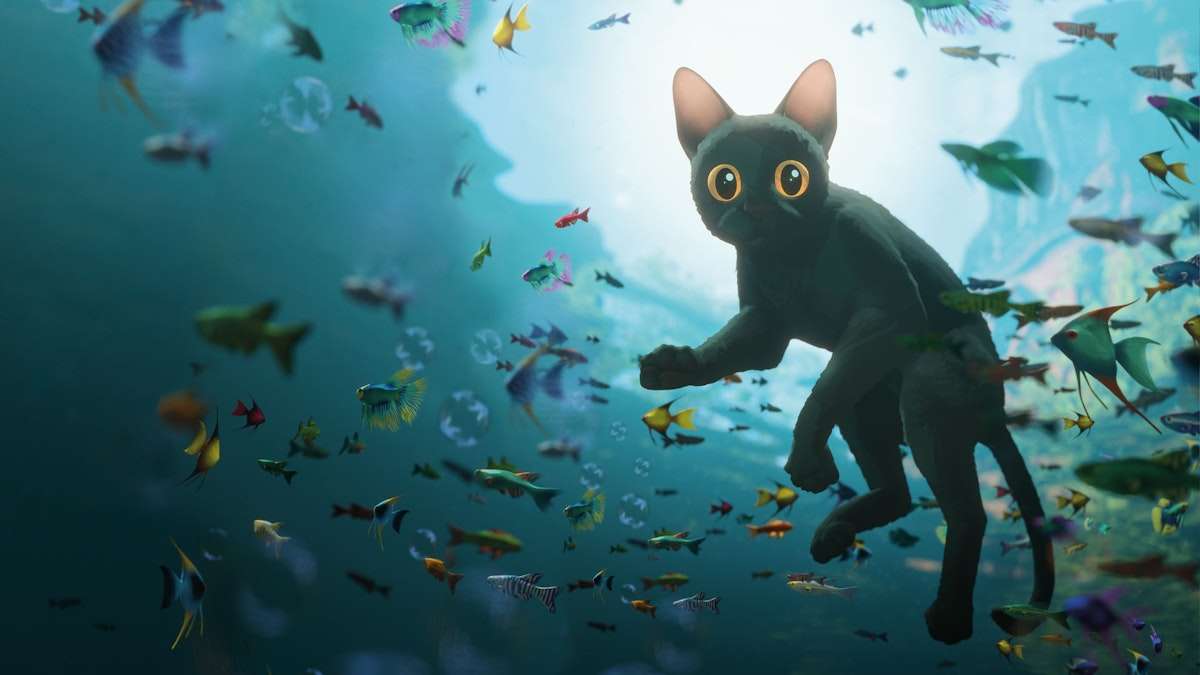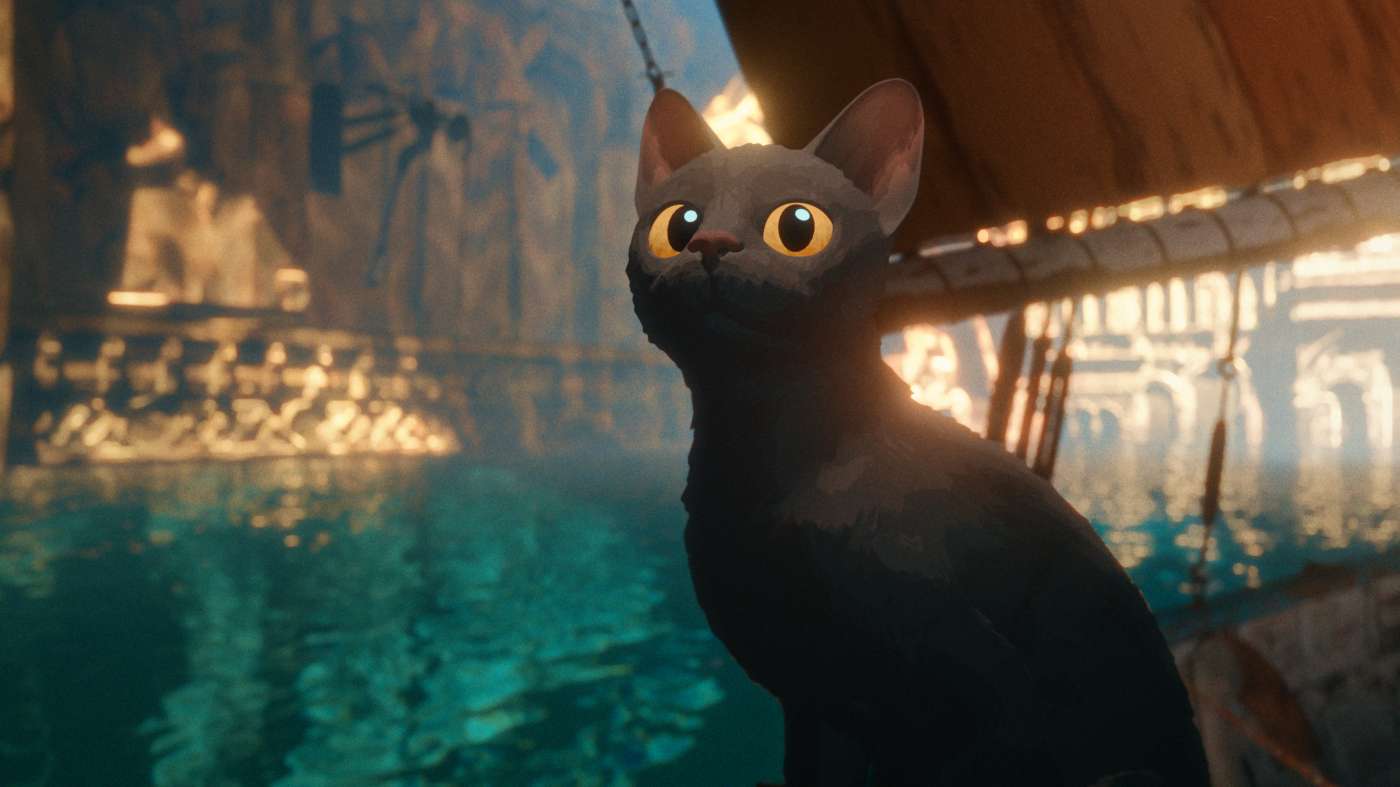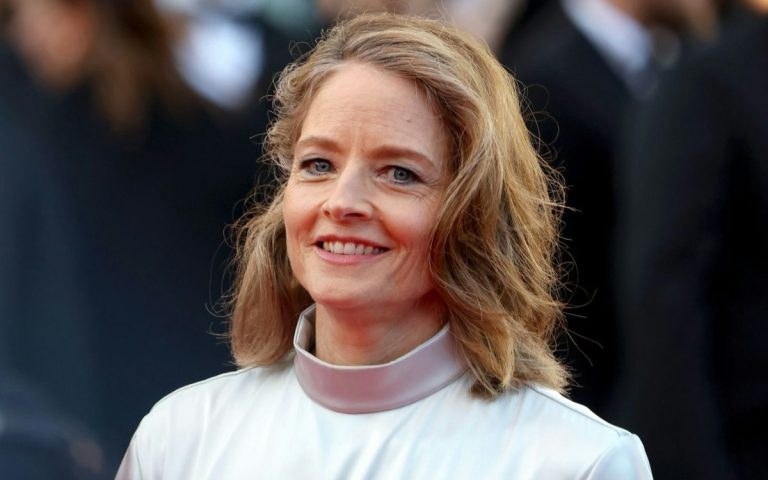In our journey of transcribing and closed captioning thousands of films and documentaries, our main focus was always to understand the dialogues and find the balance between the other sounds that can intensify or convey the emotional setting of the dialogues in the captions. When we first got on board with the team of “Flow” (2024) we knew we were stepping into something that would require a lot of artistic creativity and diving deep into the emotions of sounds. “Flow” is an Oscar-winning animated feature directed by Gints Zilbalodis, that tells its entire narrative through visual storytelling, without a single spoken word.
Right then and there, we knew that Caption Easy was facing a creative challenge. This project requires us to venture into the uncharted territory of understanding and executing the depth of sounds that we can hear throughout the film, but that doesn’t involve any tangible dialogue. We need to find a way to make this wordless narrative accessible to all audiences with the help of closed captioning.
“Flow” is a visual feast that tells the story of a lone cat surviving in a world that has been devastated by flooding. When I first saw the movie, I was enthralled by its breathtaking animation and the depth of emotions it captured via the use of music, sound effects, and images. It was a tale that relied on the subtle interaction of sound and vision rather than language. In contrast to conventional captioning, which uses spoken words as the main narrative anchor, “Flow” necessitated a thorough method for recording every audio component that aided in the narrative. In order to classify and communicate the essence of each sound, we had to develop a thorough method of sound categorization.

The film was all about animals, and finding the unique vocalizations of each animal and then complementing the sound with the current situation was a very pivotal thing that we considered throughout the process. Every character had distinct noises that represented their personalities and feelings. More than 15 distinct vocalization kinds were displayed by the cat alone. I became engrossed in this intriguing realm of animal noises, observing the minute distinctions between a whimper of anxiety and a soft purr of satisfaction. It resonated deeply with the heart, almost like learning a new language.
Our goal wasn’t just to add captions, it was to create a parallel sensory experience. Each sound effect became a carefully crafted description that would allow viewers to hear the film, regardless of their hearing ability. This film is all about inclusivity, and we want to make sure that the captions make it inclusive for that audience as well who have any kind of hearing disability. I aimed to create captions that provided context and depth, allowing viewers to engage with the story in meaningful ways. We worked meticulously to ensure that the captions would enhance, not interrupt, the story’s delicate narrative flow.
Also Read: Flow (2024) Movie Review: This Gorgeous Fantasy Adventure Is One Of The Year’s Best Animated Films
As we continued working on the project, I found myself reflecting on what it means to communicate without words. “Flow” invites viewers to connect with the characters on a very basic level, relying on the audience’s emotions to fill in the gaps where dialogue would typically be. This connection is profound; it made me realize that storytelling can transcend language, tapping into universal feelings of loneliness, friendship, and resilience.
“Flow” was such a unique thing to work with because the visuals alone carry a beautiful narrative within it. The project was an artistic one in every sense because though every animal has a specific sound attached to it, we have to ensure the word and phrase that are being chosen to represent the sound match the emotional and physical setting of that particular scene. Working on the film lets us reflect on how emotions are vital in any film, or in shaping the story narrative. “Flow” taught us that accessibility is more than a technical requirement, it is an art form. It is about creating an inclusive experience that allows every viewer to connect deeply with the filmmaker’s vision. Whether through sound descriptions for a wildlife documentary or complex dialogue captions for a narrative film, our work bridges worlds.
Flow’s influence goes beyond its immediate story. It forces us as artists to think about how we might express nuanced feelings without using spoken language as support. This movie taught us that whether in captioning or not, every single sound that is heard by an ear carries an emotion that adds to the visuals and the narrative. The film’s emotional impact was emphasized by the tears, smiles, and moments of introspection I witnessed as I observed viewers’ reactions to it.

As the film gained recognition and accolades, I felt an overwhelming sense of pride—not just in my work but in the collective journey of the entire team involved in its creation. “Flow” is a testament to the power of visual storytelling, reminding us that sometimes you don’t need words to express and the creative element altogether can blend so smoothly to create a narrative film that can speak for itself.
Moreover, the experience of captioning “Flow” has inspired me to advocate for more inclusive practices in filmmaking and captioning. It highlighted the need for filmmakers to think creatively about how they can make their work accessible. Accessibility should not be an afterthought; it should be integrated into the very fabric of the storytelling process. By doing so, we can ensure that every viewer has the opportunity to experience the magic of cinema. Our team at Caption Easy has understood more now how creativity needs to be blended with technicality, and how as the rise of animations surges closed captioning has evolved.
To sum up, working with “Flow” has changed my life and forced me to reconsider how we interact and communicate through movies. Along with Caption Easy’s amazing team, I’ve grown to value the spirit of cooperation that propels our goal. The knowledge gained from this outstanding project has strengthened our team’s resolve to look for new and creative ways to make stories compelling and accessible to all. Just as “Flow” invites us to listen to the unsaid voices of the animals around us, Caption Easy hopes to create captions that allow every viewer to feel the depth of emotion and connection inherent in storytelling.






